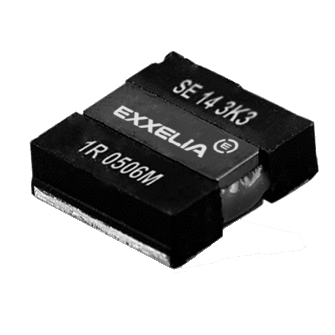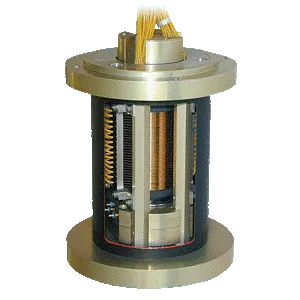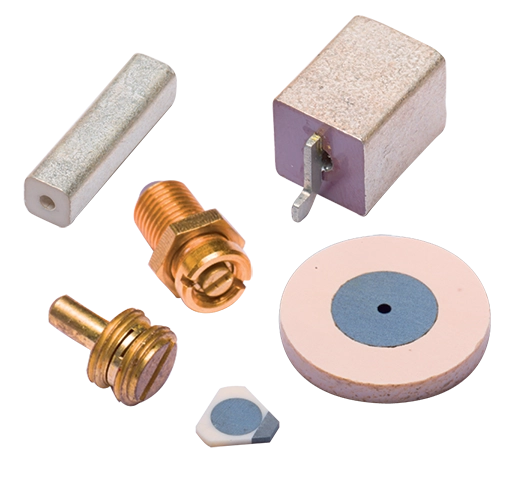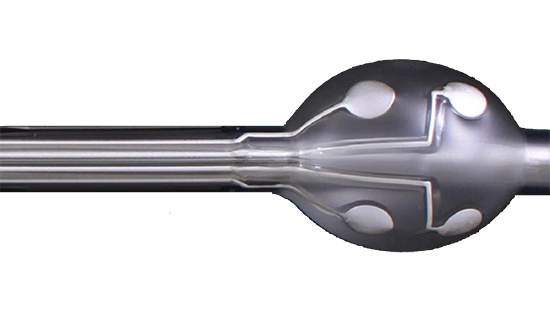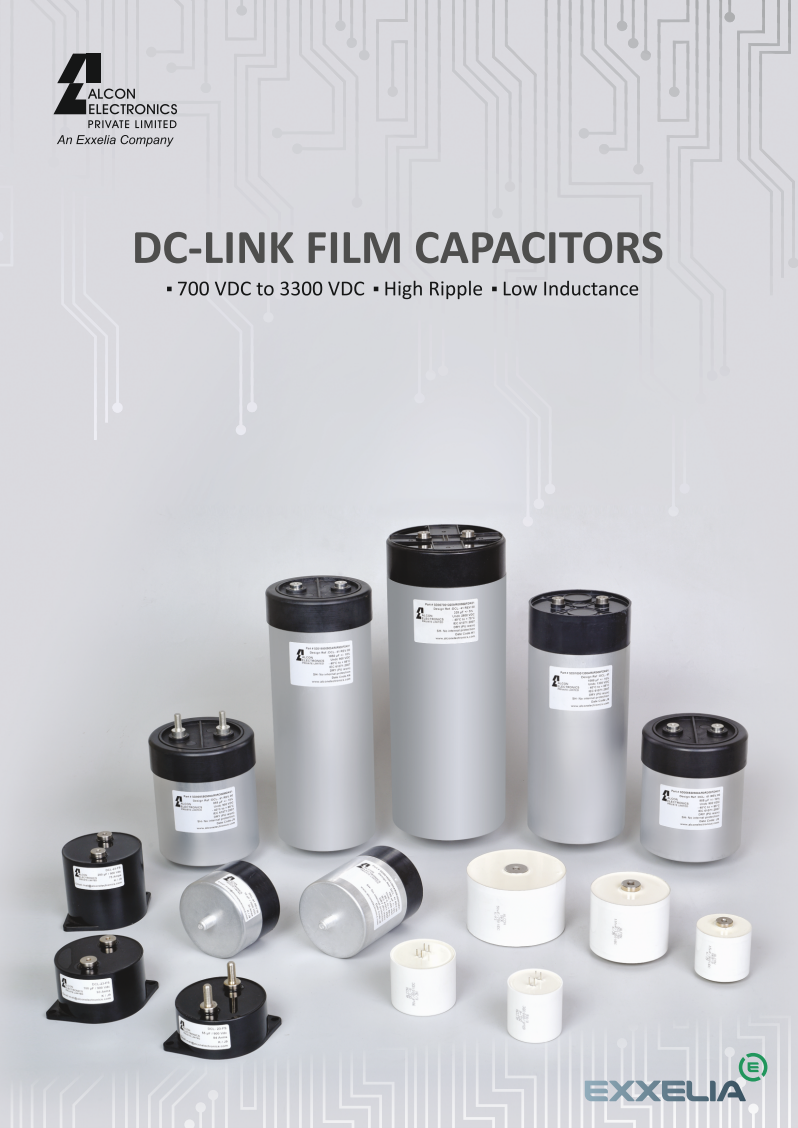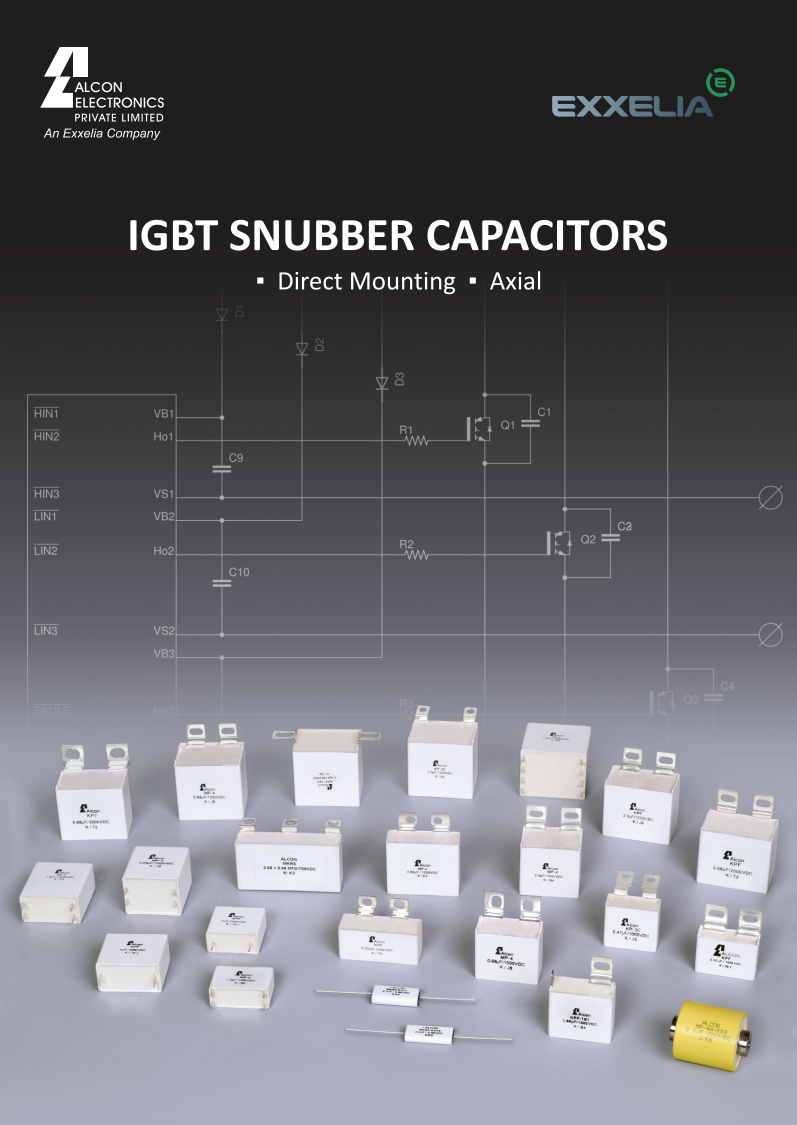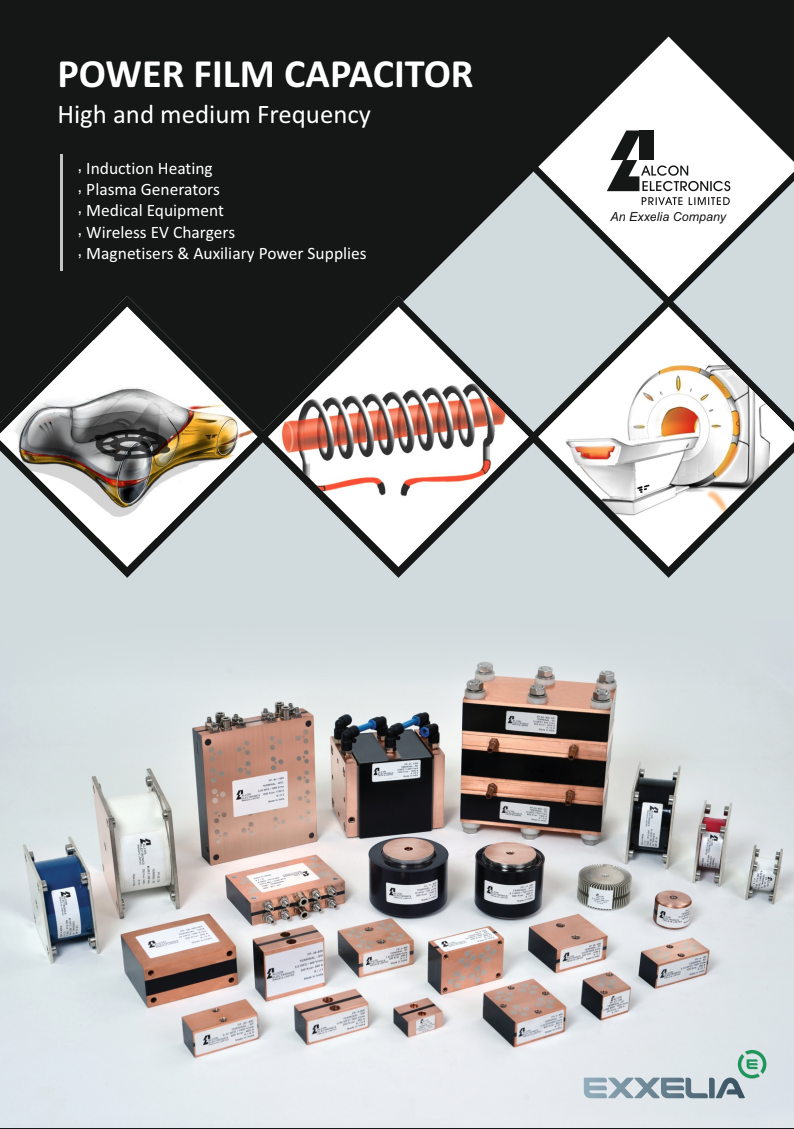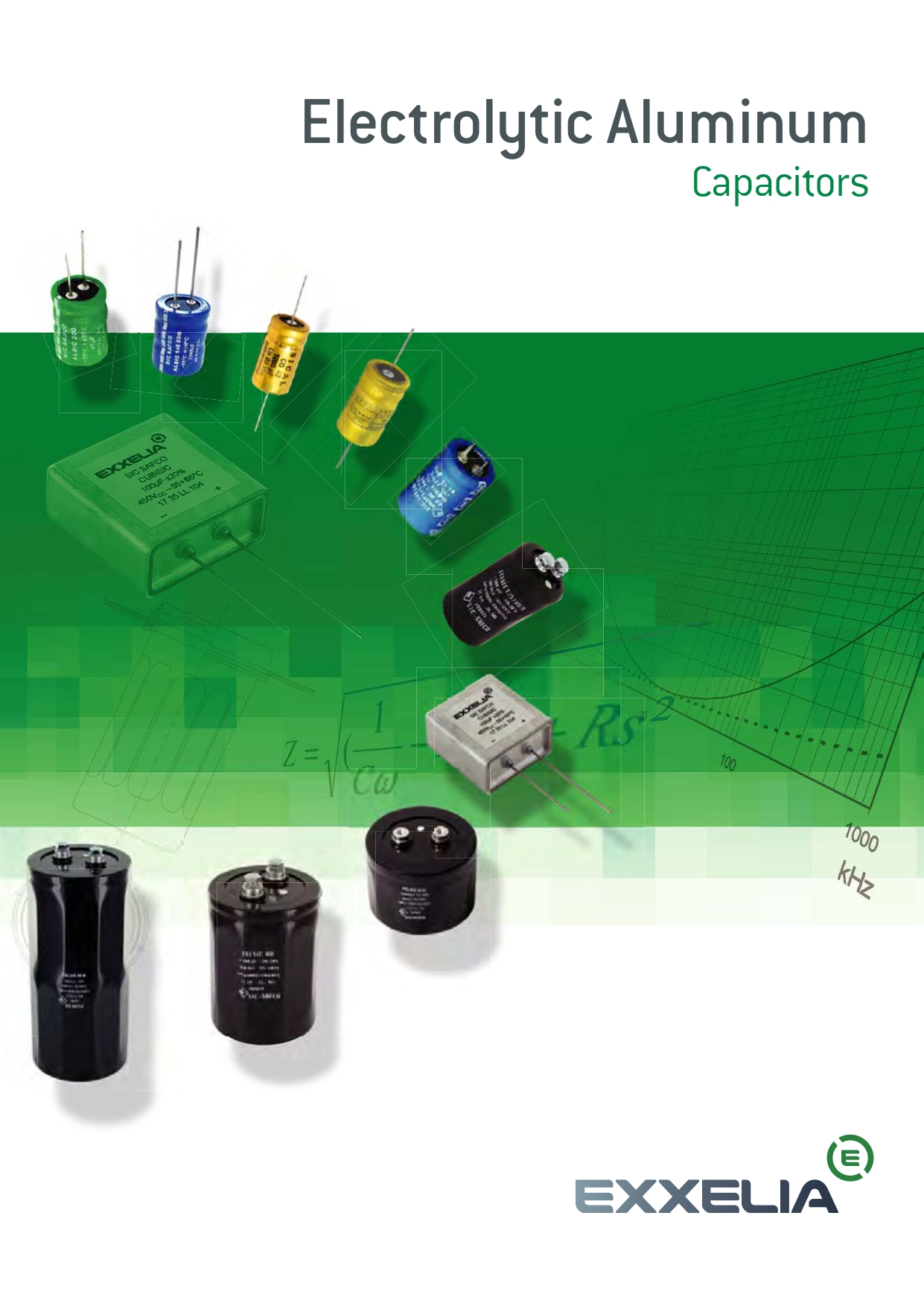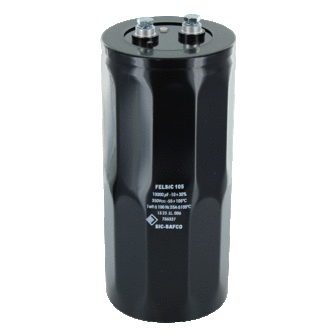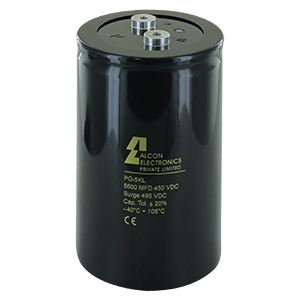

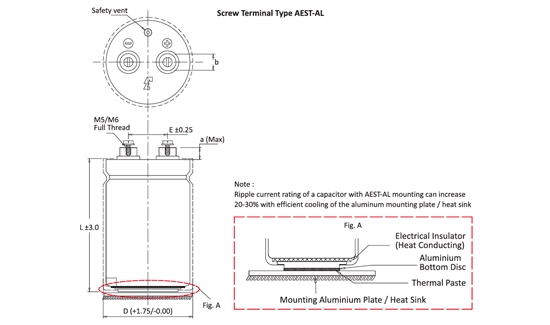
Typical applications :
High Temperature 105 °C for High Ripple Current Applications like,PWM Inverters, High KVA On-Line UPS,Frequency Converters, AC Drives,Renewable Energy Power Supplies,Railway Traction, High Reliability Power Supplies.
|
PN
|
Capacitance
|
Voltage Rated AC
|
Tolerance
|
Mounting
|
Operating Temp
|
RoHS
|
Voltage Rated DC
|
|---|---|---|---|---|---|---|---|
| SA047000050AB02500STM01 | 4700µF | - | ±20% | - | - | - | 50V |
| SA068000050AB02500STM01 | 6800µF | - | ±20% | - | - | - | 50V |
| SA100000050AB01300STM01 | 10000µF | - | ±20% | - | - | - | 50V |
| SA100000050AB02000STM01 | 10000µF | - | ±20% | - | - | - | 50V |
| SA150000050AB01300STM01 | 15000µF | - | ±20% | - | - | - | 50V |
| SA220000050AB02000STM01 | 22000µF | - | ±20% | - | - | - | 50V |
| SA330000050AB02200STM01 | 33000µF | - | ±20% | - | - | - | 50V |
| SA470000050AB02600STM01 | 47000µF | - | ±20% | - | - | - | 50V |
| SA680000050AB02800STM01 | 68000µF | - | ±20% | - | - | - | 50V |
| SA1000H0050AB04100STM01 | 100000µF | - | ±20% | - | - | - | 50V |
| SA1500H0050AB08100STM01 | 150000µF | - | ±20% | - | - | - | 50V |
| SA2200H0050AB09200STM01 | 220000µF | - | ±20% | - | - | - | 50V |
| SA047000063AB02500STM01 | 4700µF | - | ±20% | - | - | - | 63V |
Compliance and certifications

NFC

DIN

IEC
Would you like to ajust a little something?
Customize it

Frequently Asked Questions
Find answers to the most frequently asked questions about our products and services.
Still have questions ?
Can’t find the answer you’re looking for ? Please contact with our customer service.
Contact


